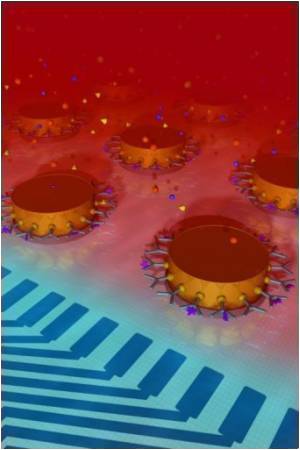
"We wanted to find a good, biologically relevant way to determine how nanomaterials react with cells," Nature quoted Dr. Jim Riviere as saying.
"When a nanomaterial enters the human body, it immediately binds to various proteins and amino acids. The molecules a particle binds with will determine where it will go," he added.
According to Nancy Monteiro-Riviere, the amino acids and proteins that coat a nanoparticle change its shape and surface properties, potentially enhancing or reducing characteristics like toxicity or, in medical applications, the particle's ability to deliver drugs to targeted cells.
To create their screening tool, the team utilized a series of chemicals to probe the surfaces of various nanoparticles, using techniques previously developed by Xia.
A nanoparticle's size and surface characteristics determine the kinds of materials with which it will bond.
Advertisement
These fingerprints allow them to predict how that nanoparticle might behave once inside the body.
Advertisement
The study results appear in the Aug. 23 online edition of Nature Nanotechnology.
Source-ANI









